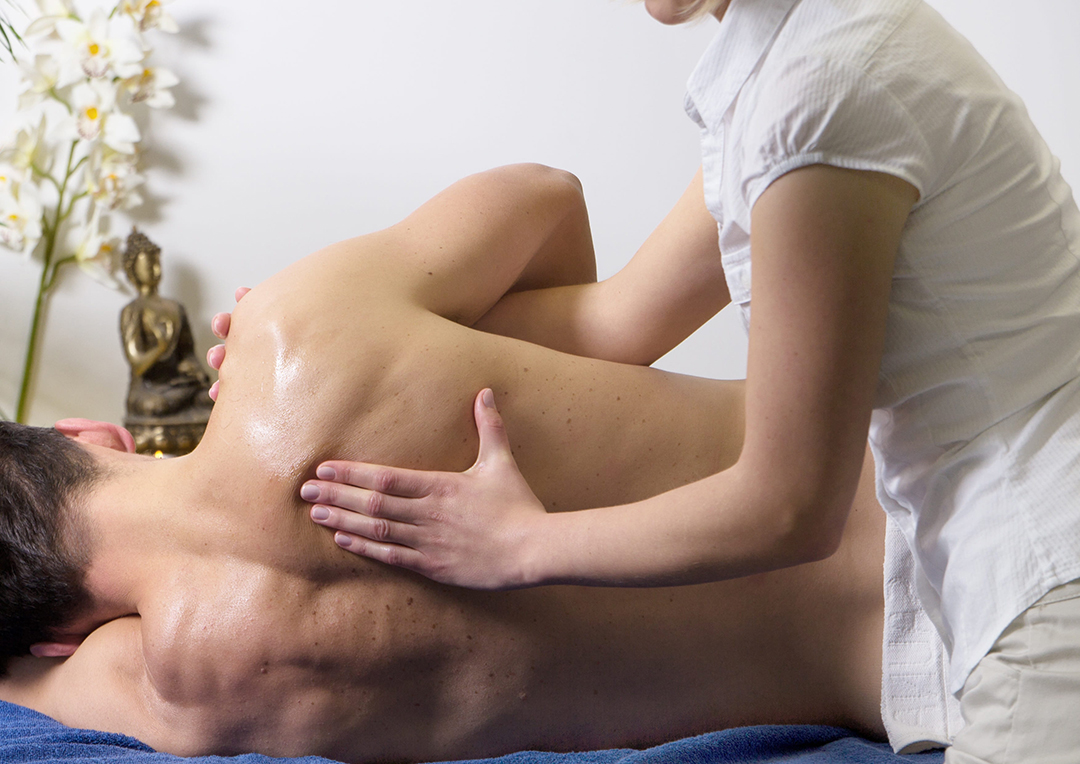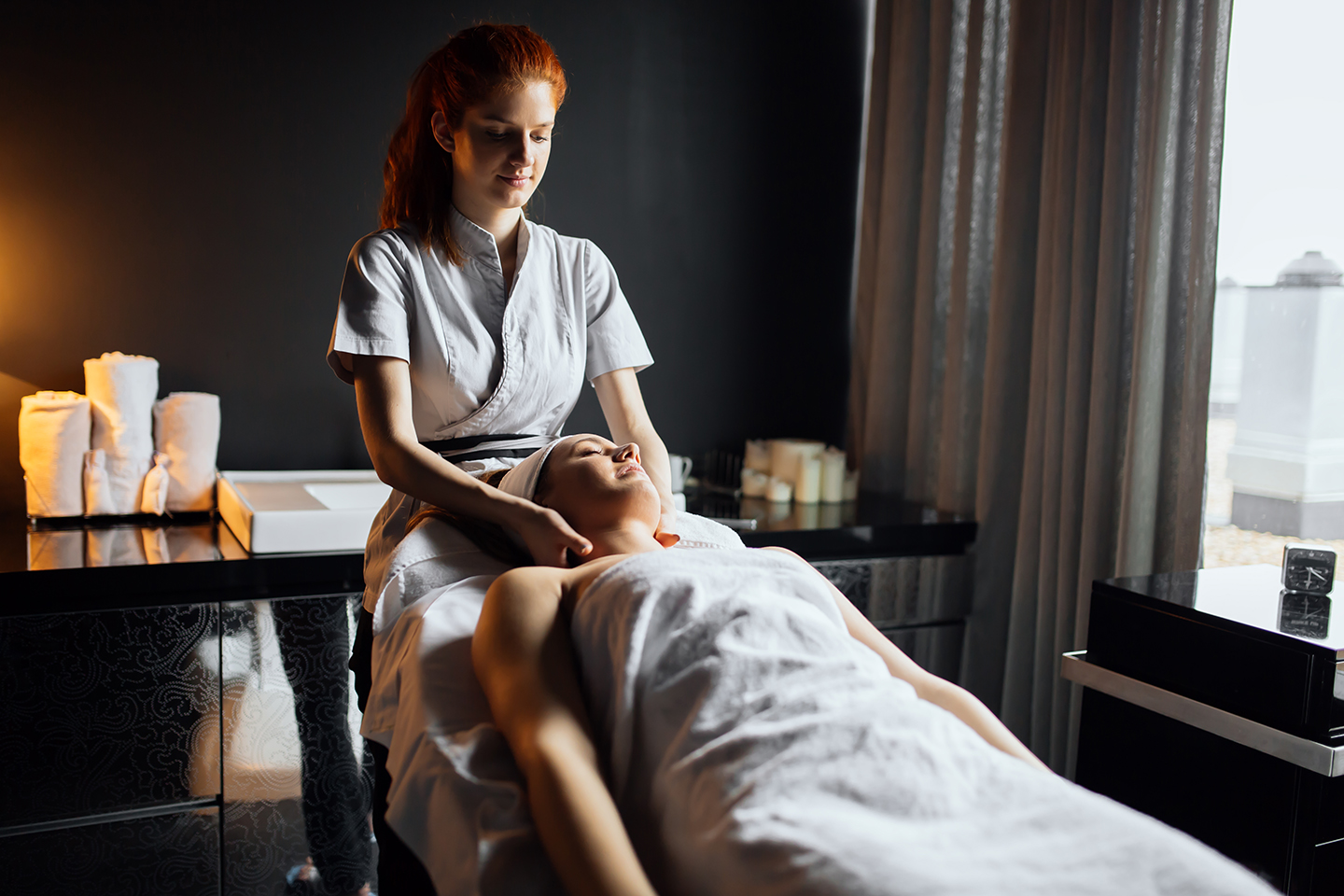Fascia, or connective tissue, is a stabilizing substance. Acting like cables in a tension bridge, it stabilizes bones, muscles, ligaments, and tendons. This thick, elastic tissue is rich in nerve endings, so it transmits messages from the brain quickly, and assists with proprioception (awareness of where the body is in space). Fascia wraps around every muscle, every muscle fiber, and every joint. It supports every organ, pads every vertebra (discs are considered a part of the fascial system) and protects bones. When fascia is healthy, it allows us to move gracefully, as it helps control and coordinate our movements. It regulates lymphatic and venous circulation as well.
Fascia thickens, causing painful, stuck “knots,” or adhesions, when:
• An area of the body is over- or under-used. When movement is reinforced in a certain area, fascia there thickens to offer more structural stability. Underuse can also cause fascia to thicken.
• An injury occurs. Fascia grows around the injured area, again to provide structural support and protection.
• We are dehydrated. Happy fascia tissue is moist. Imagine a sponge: When dried out, it is brittle and easy to break. However, add water and the sponge becomes strong—almost impossible to tear in two. Healthy fascia is well-hydrated fascia.
Athletes will serve their fascia best by drinking plenty of water, and engaging in a wide variety of movements, at a range of tempos. Exercise dehydrates fascia, making it more brittle and prone to injury. When we work out repetitively, using the same motions almost exclusively, we repeatedly dehydrate the same fascia tissue, leaving certain areas of the body more open to injury.
Myofascial sports massage therapy helps loosen fascial adhesions, improving circulation and improving performance. Using deep, slow strokes to create tissue drag, therapists can gently stretch and revitalize fascia.
Booking an appointment with our Portland massage therapy clinic can help athletes feel more nimble and fluid. (Remember, fascia is extremely sensitive—it has six to ten times more nerve receptors than muscles.) Massage “resets” fascia tension, allowing use to be more aligned and neutral in all movements. Athletes can enjoy improved neurosomatic awareness, flexibility, alignment, and ease through myofascial sports massage.



